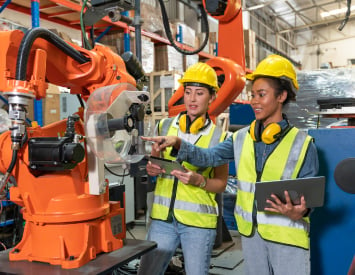With the goal of achieving sustainable development, numerous research studies have been conducted aimed at reducing construction and demolition waste for improving sustainability and environment and reducing greenhouse-gas emissions.
Recycled concrete aggregate due to its residual adhered mortar has low specific gravity and high water absorption. Both of these impediments contribute in the increase of permeability and shrinkage, decrease in compressive strength and hence concrete quality produced from recycled concrete aggregate.
Consequently, it is essential to improve the recycled concrete aggregate quality such that their properties become comparable with those of virgin aggregate.
In order to improve the recycled concrete aggregate quality, researchers have adopted two main pathways: (1) removal of adhered mortar from aggregate grains and utilisation of the separated mortar, and (2) fortification of residual mortar to make it stronger, less permeable and hydrophobic.
The present study focuses on the first pathway and aims to comprehensively review huge variety of treatment techniques available in the literature, which can be applied to enhance the recycled concrete aggregate quality, by removing maximum amount of the attached mortar, thereby increasing its density, reducing its water absorption, and subsequently producing high quality aggregate.
In addition, the processes which can effectively utilise the removed mortar have been reviewed.
The combination of both, separation of mortar from aggregate grains and its complete utilisation make these treatments economically viable.
These treatments which are based on the published literature, have been individually analysed based on their applicability and efficacy.


